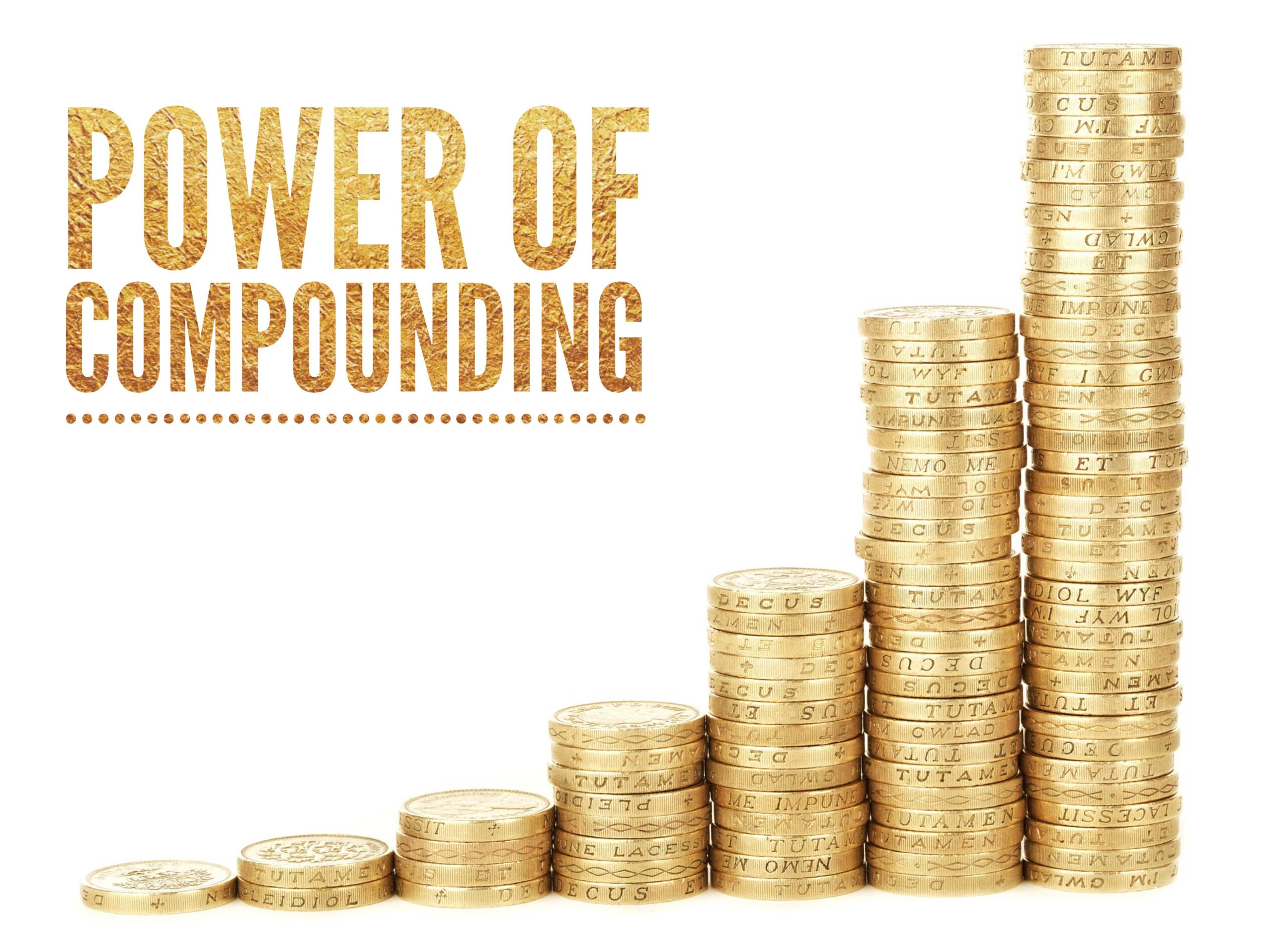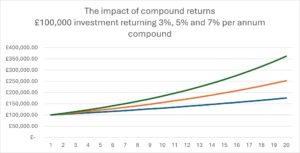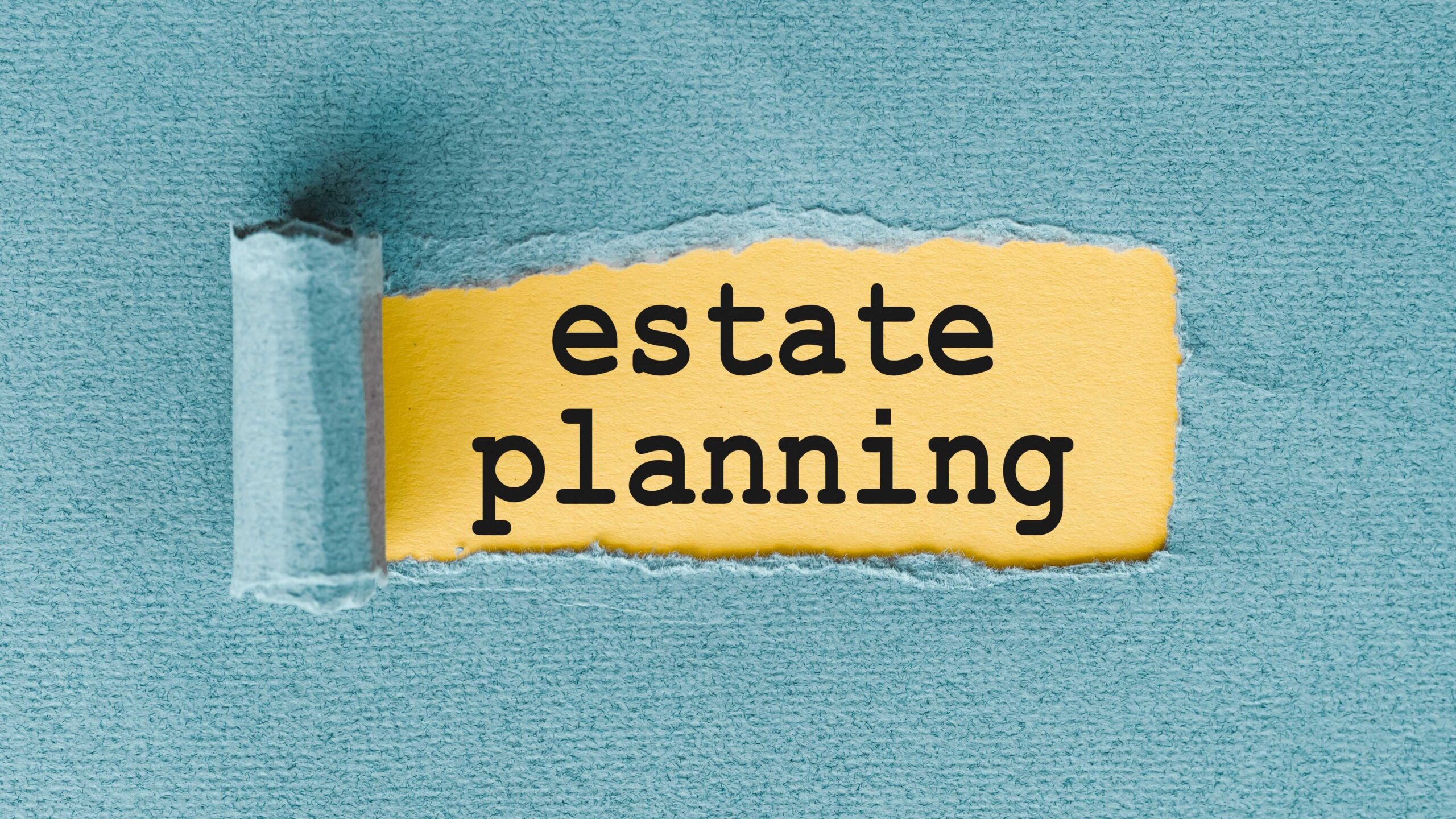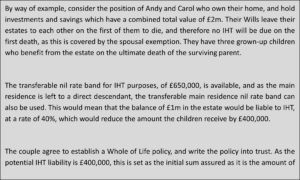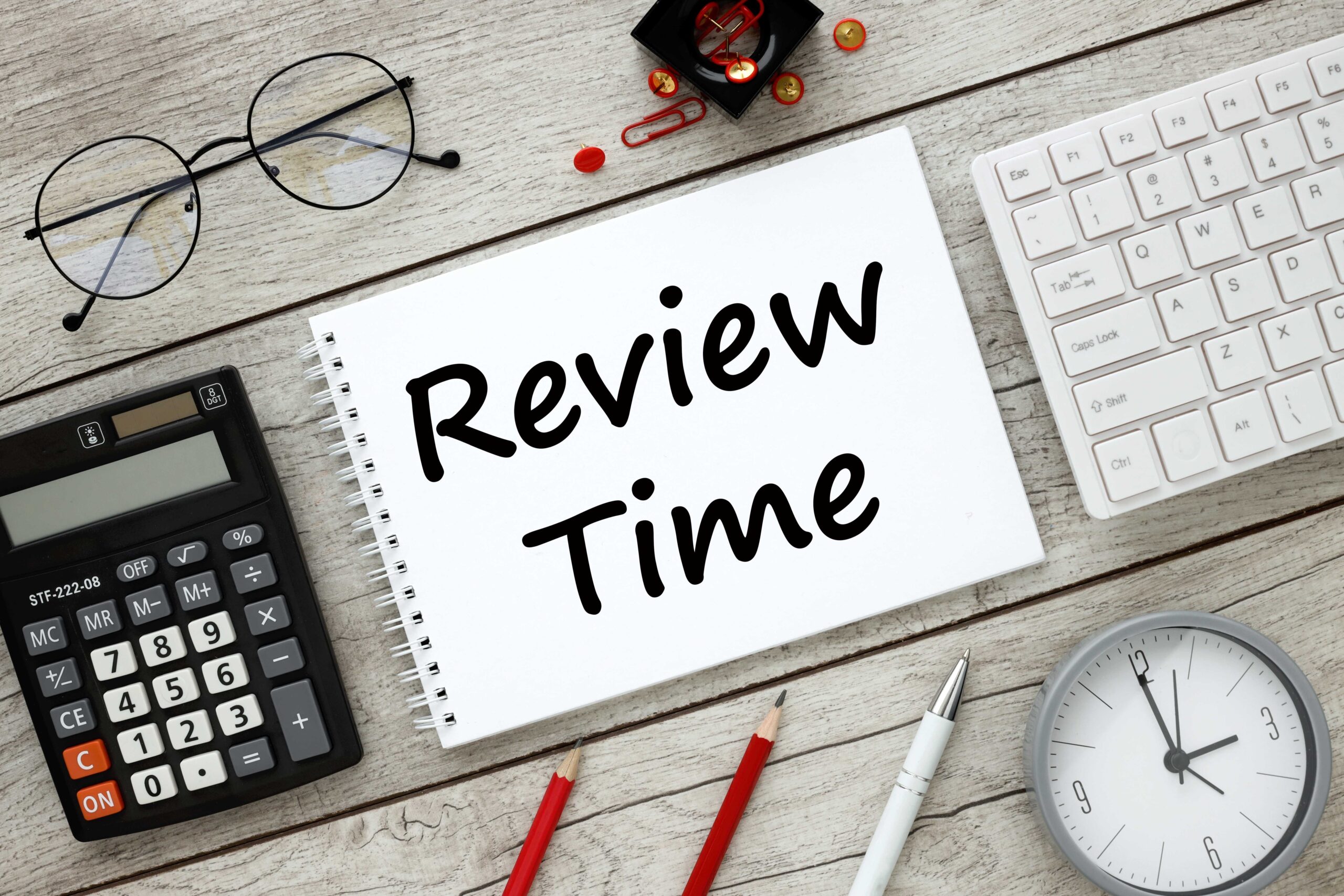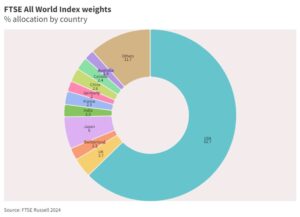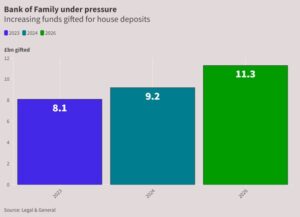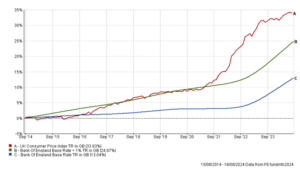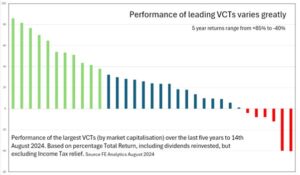
Getting your affairs in order is a crucial aspect of financial planning that extends beyond managing investments and ensuring tax efficiency. Many are totally unprepared for unforeseen scenarios such as death or loss of mental capacity which could place their financial wellbeing and family members at risk. We look at the importance of preparing a will, or reviewing an existing will, making an Expression of Wish over existing personal pension death benefits, and preparing a Lasting Power of Attorney.
Make your wishes clear
Writing a will puts the control over your wishes in your hands. Leaving a will that states clearly who should get your possessions and property when you die can prevent unnecessary distress for your loved ones after you’ve gone. It also removes most of the complexity that comes with sorting out a person’s estate after their death, which is a particularly stressful period at the best of times.
Writing a will is particularly important for anyone who has children or other family members that depend on you financially, or if you would like to leave some of your possessions to people who are not considered part of your immediate family.
If you die without leaving a valid will, this is called ‘intestacy’. This means that if you live in England or Wales (the rules are different in Scotland), everything you own will be shared out under the legal framework. This could potentially lead to unwelcome outcomes. For example, if you’re married, your husband or wife could inherit all your estate even if you were separated at the time of your death, and your children might not get anything. Another potential pitfall awaits partners who are not married or in a civil partnership. Under the laws of intestacy your partner will not be legally entitled to anything when you die, no matter how long you were together.
Pension Expression of Wish
In conjunction with preparing a will, it is also important to ensure that an Expression of Wish for any existing pension arrangements is similarly up to date.
On the death of anyone holding a personal pension arrangement, it is a common misconception that the residual pension will pass in accordance with their will. This is not the case, and the pension trustees can choose who will benefit from the pension arrangement. They will, however, consider an Expression of Wish left by the deceased pension holder, which sets out how the pension holder would like the benefits to pass in the event of their death, when deciding who receives benefits from a pension.
Whilst a will and expression of wish can help ensure your affairs are dealt with in the event of your passing, it is also important to consider how you would manage your affairs if you were to lose capacity to take decisions. Sadly, an increasing number of people are affected by illnesses such as Alzheimer’s or dementia, which can mean that individuals are no longer able to make decisions for themselves.
Lasting Power of Attorney
Setting up a Lasting Power of Attorney (LPA) is straightforward and can make sure your loved ones can make the important decisions about your health and your financial wealth on your behalf, should you become incapacitated through ill health or accident.
An LPA is a legal document that lets you appoint individuals you trust to make decisions on your behalf, should you become unable to make those decisions for yourself in the future. There are two different types of LPA, one covering Property & Affairs (e.g. property, investments and assets) and Health & Welfare (which covers healthcare and medical treatment).
You can choose to set up one or both types of LPA, and you can nominate the same person or elect to have different attorneys for each. Preparing an LPA doesn’t mean that you instantly lose control of the decisions that affect you. For the Property & Affairs LPA, you can be specific about when the attorney can take control when preparing the LPA, and in respect of the Health & Welfare LPA, this can only be used once capacity to make decisions has been lost.
All LPAs must be registered at the Office of the Public Guardian, which is the government body responsible for the registration of LPAs before they can be used.
If you lose mental capacity and don’t have an LPA arranged, this can leave loved ones with significant worry and could potentially lead to difficulties in dealing with the individual’s personal finances. Should this situation occur, an application will need to be made to the Court of Protection, for an individual to become your appointed ‘deputy’, who can then make financial decisions on your behalf. The Court has the final say as to who is appointed, and this may not align with your wishes.
The process of making a Court application is long-winded, with applications taking many months to be heard and then approved. This could lead to significant issues for ongoing financial transactions, such as investment management, or the purchase or sale of a property. Anyone with investments, or complex financial affairs are at greatest risk if capacity is lost, with Directors and Business Owners at particular risk if they lose capacity without an LPA in place.
Take the time to review your affairs
Take a few moments to review your affairs and consider what would happen in the event of your passing, or loss of capacity. As part of our holistic planning service, we remind our clients to make a will, or review an existing will, refresh their expression of wish and make an LPA. Speak to one of our experienced financial planners who will be pleased to provide more details on why it is so important to get your affairs in order.


